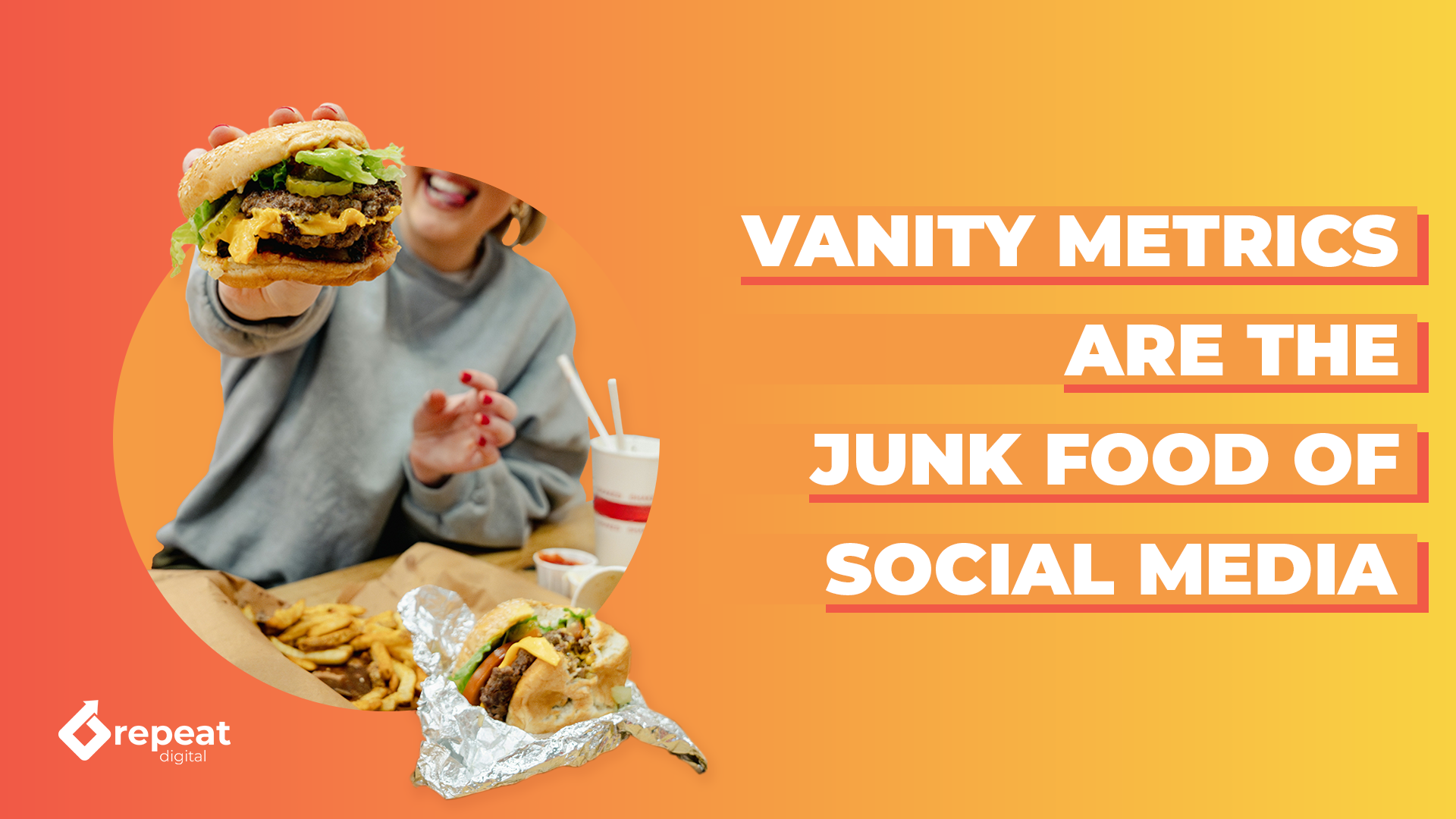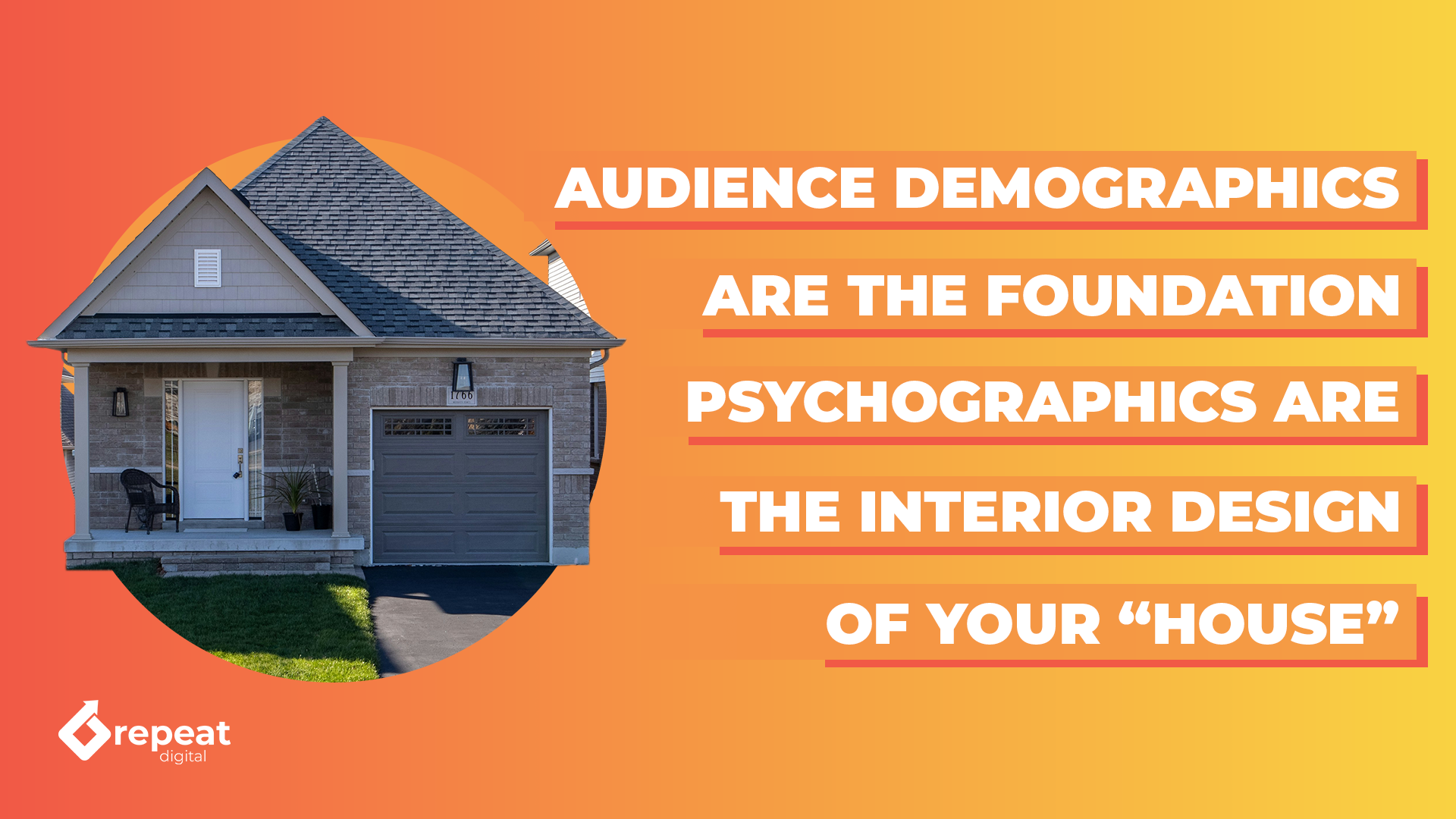
You’ve just spent hours perfecting a brand-new marketing campaign for your business – meticulously editing testimonial videos, and even creating an animated version of your brand’s logo (fancy, right?). The moment arrives to post it on social media, and then… crickets.
Twenty-four hours later, your posts have a grand total of five likes – you’re definitely not feeling like the next Don Draper. So, back to the drawing board you go: you whip up a quick meme in five minutes, and lo and behold, the likes start rolling in. People can’t get enough – but you still aren’t getting new customers. You begin to wonder, “were my three-plus years studying marketing even worth it?”.
Here’s where many businesses fall into a dangerous loop: chasing likes at the expense of real goals. Sure, it’s tempting to pivot your credible business page into a meme page for easy engagement – but is that the right approach to attract paying customers?
I’m not saying that creating topical memes about what Jaden Smith wore to the Oscars isn’t more fun than promoting your company’s new line of cardboard boxes (now with extra cardboard!), but is it a sustainable strategy?
In this blog, we’ll help you break free from the metaphorical chains of vanity metrics – like ‘likes’ and ‘follows’. We’ll show you which social media analytics truly matter and how to use them to grow your audience, nurture leads, and convert them into loyal customers. Because five valuable conversions beats 5,000 meaningless likes every time.
Vanity Metrics vs Actionable Metrics:

Vanity Metrics are the junk food of social media. Your followers are the burger, your likes are the fries, and impressions are the ketchup (or mayo, we don’t judge). Sure, at a glance they look fantastic, but as tasty as the dopamine rush of 5000 likes may seem, these metrics don’t necessarily tell you if people actually want what you’re selling.
It’s not that having a large following is a bad thing – far from it. But your follower count shouldn’t be the ultimate measure of success. Setting organic brand awareness aside and looking strictly at conversion rates: if you have 500 followers and 50 of them convert, you’re outperforming a competitor with 10,000 followers who also only gets 50 conversions.
Actionable metrics are the superfoods of your marketing strategy – like conversion rates, click-through rates (CTR), cost-per-click (CPC), and engagement rates. They might not be as flashy, but they supply the nutrients (insights) your brand needs for long-term growth. And like Mum always says, eat your greens. Think of conversion rates, engagement rates, and CPC as the broccoli, spinach, and kale of analytics – maybe not the most exciting to show off at the dinner table, but absolutely essential to keeping your brand healthy.
By focusing on actionable metrics, you’re not just filling up on empty-calorie engagement. You’re fuelling your brand with data that drives real results – more leads, higher sales, and stronger client relationships. Sure, it may be tempting to binge on likes the same way you’d reach for another bag of crisps, but at the end of the day, it’s the superfoods that build better businesses.
Audience Demographics and Psychographics:

Think of your audience like a house. For simplicity, let’s say it’s a standard detached house with an upstairs, a downstairs, three bedrooms, a garden, and maybe a garage – if we’re feeling adventurous. No extension or conservatory, though, or we’ll be here all day.
Back to the point: demographics are the foundation of your house. Age, gender, location, and income levels determine the basic structure, guiding you on which platforms to use or what tone will resonate. Are they city-dwelling professionals checking LinkedIn over their overnight oats, or suburban sixth-form students glued to TikTok at all hours? Understanding these fundamentals ensures your message won’t collapse like a house built on sand.
Psychographics are the interior design – the tastes, values, and personality that bring your house to life. No flat-pack furniture in-sight. They reveal whether your audience cares about sustainability, can stomach edgy humour, or demands premium content. By tapping into these deeper motivations, you can tailor your messages without having to run back to the drawing board.
To gather these insights, start with built-in social analytics like Meta’s Audience Insights or LinkedIn Analytics. Then add in tools like Google Analytics, or even conduct your own surveys.
Organic vs Paid Reach and Engagement:

Organic reach can be tough to navigate because social media algorithms are like fashion trends – one day you’re in, the next you’re rummaging around the clearance bin. Even if your content remains stellar, if the algorithm decides otherwise, only a fraction of your followers will see it.
The silver lining? Organic social strategies can help foster genuine, loyal connections. Consistent posting allows relationships to grow naturally – that’s why they call it organic – ultimately leading to word-of-mouth referrals and stronger brand engagement.
Paid Engagement, on the other hand, is like buying the skip-the-queue pass at Disney Land – instantly putting you in front of the customers you’d otherwise never reach. By pinpointing specific demographics (as discussed earlier) you can zip right past the algorithmic barriers. However, it’s best used strategically; you don’t want to blow your whole budget on aimless advertising.
Power of Engagement Rules:

As mentioned earlier, social media often craves vanity – we chase high follower counts because they’re perceived as the ultimate mark of online success. But how do you know if those followers truly appreciate your content or if they’re just “ghosts”? That’s where Engagement Rate comes in, measuring how many people actually interact with your content versus how many simply see them:
(Total Engagements / Total Reach) x 100
A high engagement rate can reveal more than any follower count. It often signals the platform’s algorithm to promote your posts, generating greater visibility. Keep in mind, though, that engagement rates vary by platform and industry – Hootsuite reports different benchmarks for different content types, so what’s a hit on Instagram might flop on Facebook.
Ultimately, engagement rate offers a clear picture of what your audience likes to consume. If conversions remain low, consider tweaking your CTAs or landing pages. Sometimes, it’s not the content that’s off – it’s the next step in your customer journey.
Turning Analytics into Action:
Collecting data is the easy part—actually using it is what separates the pros from the amateurs. Maybe your CTA is about as click-worthy as a “10 Hours of Paint Drying” video (though that weirdly has over 2 million views), or your landing page makes as much sense as Tenet (seriously, what was going on there?). Analytics help you pinpoint these weak spots so you can swap out lacklustre CTAs, tidy up confusing layouts, and run A/B tests to see what really works.
Just remember, analytics isn’t a one-and-done exercise—although our jobs would be much easier if it was. Audiences evolve, trends come and go, and algorithms seem to change every other week. Make time to revisit your metrics, set clear KPIs, and keep refining your strategy. In no time, your social media will transform from a quiet whisper to a resounding mic drop.
Ready to see Paid Reach in action? At Repeat Digital, we offer FREE Marketing Audits for businesses eager to improve their PPC, SEO, and Paid Social strategies. Our expert team goes beyond routine campaign tweaks—we provide data-driven ideas that deliver real, measurable results. It’s no wonder we’re rated 4.9/5 stars on reviews.io.
Find out how we can transform your marketing and maximize ROI.
Jump into another related resource
Whether you’re after expert-written blogs, downloadable guides, or time-saving checklists, our Resource Hub gives you practical tools to make your marketing more effective.




